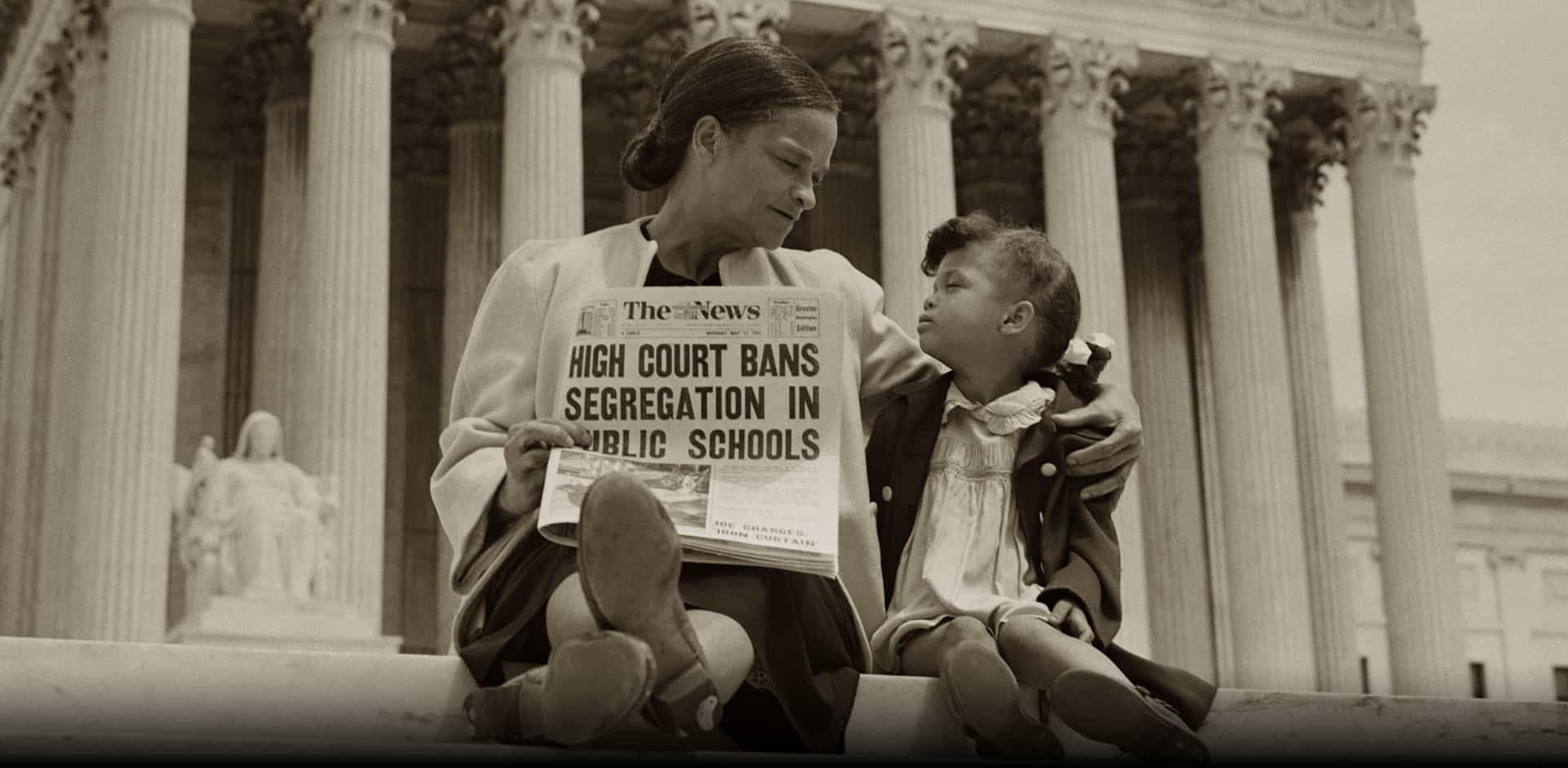The authors of each piece dispute the common conception that unequal education is exclusively rooted in larger socioeconomic issues. They argue that segregation in schools is also a result of simple racial discrimination. Sarah D. Sparks, author of “Study: Most School Districts Have Achievement Gaps”, is a reporter for Education Week. Richard A. Villa, a former teacher and administrator with more than 40 years of experience advancing inclusive education, co-authored “The Rationales for Creating and Maintaining Inclusive Schools”, with Jacqueline S. Thousand, an activist for inclusive education endeavors. Both articles highlight the devastating consequences of segregated schools and identify this issue as one of the most critical challenges facing the American educational system.
Seperate Is Still Not Equal: Modern Segregation
The articles suggest that while segregation is, obviously, an intersectional issue, racial discrimination contributes to the often inferior education of minority students compared to their white peers. Sparks asserts that “[i]n education, a rising tide of resources does not necessarily lift all boats” (Sparks, 2016). She cites evidence of insufficient resources in segregated, minority schools across the same economic class. Research shows that, “on average, a black family lives in a poor neighborhood and their children attend schools with fewer resources than white families at the same income level” (Sparks, 2016). Despite similar economic factors, segregated minority students receive a lower quality education. Therefore, “[e]quality [in socioeconomic background] doesn’t necessarily mean the same [educational opportunities and outcome]” (Sparks, 2016).
Consequences of Segregated Schools
The authors then address the consequences of segregated schools. While segregated neighborhoods do contribute to school segregation, it is also true that segregated schools lead to further societal segregation. “[W]e can never have integrated schools while we have segregated neighborhoods…[b]ut the flip side is true, as well: As long as schools are unequal and linked to neighborhoods, that’s going to play a big role in neighborhood segregation” (Sparks, 2016). Segregation in schools leads to continuous socioeconomic strife for minority communities. Research suggests “that racial segregation in America almost inevitably leads to these kind of disparities in [students’] exposure to poverty and differences in the kinds of resources that schools have” (Sparks, 2016).
Racial segregation in school also neglects the multiracial global community. While a racially segregated school might reflect the local, racially segregated community, it does not reflect the growing global community. To neglect the racial diversity of the larger world in favor of segregation is to reject the presence and importance of racial diversity. “Schooling must now be based on the assumption that modern society is globally interconnected, multicultural, and multilingual” (Villa &Thousand, 2017). Students in segregated schools cannot be expected to thrive in the current, multicultural international society.
What Now?
Finally, Villa and Thousand pose a fundamental question to the American school system and its educators. “[W]e closely examine the goals of education and acknowledge both that they extend beyond academics and that they are the same for all children, … [therefore] why…would [we] continue to countenance a divided educational system that produces dire consequences for so many children” (Villa et al., 2017). This is an urgent question, one that lawmakers, educators and the public have not yet had the courage to answer.
Works Cited
Sparks, S. D. (2016). Study: Most School Districts Have Achievement Gaps: Database Sheds New Light on Achievement Disparities. Education Week. Retrieved from https://www.edweek.org/ew/articles/2016/05/11/study-most-school-districts-have-achievement-gaps.html?qs=baltimore+segregation
Villa, R. A., & Thousand, J. S. (2017). The Rationales for Creating and Maintaining Inclusive Schools. In Leading an Inclusive School: Access and Success for ALL Students (pp. 17-30). Retrieved from http://www.ascd.org/ASCD/pdf/siteASCD/publications/books/Leading-an-Inclusive-School-sample-chapters.pdf
